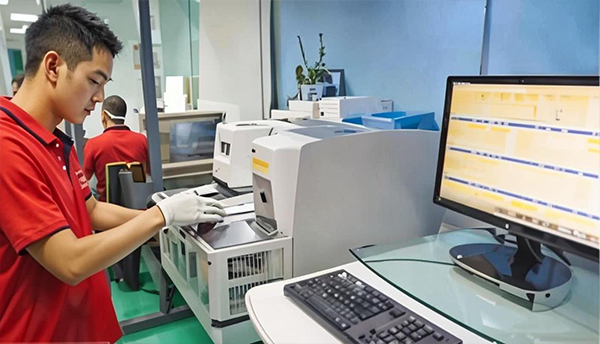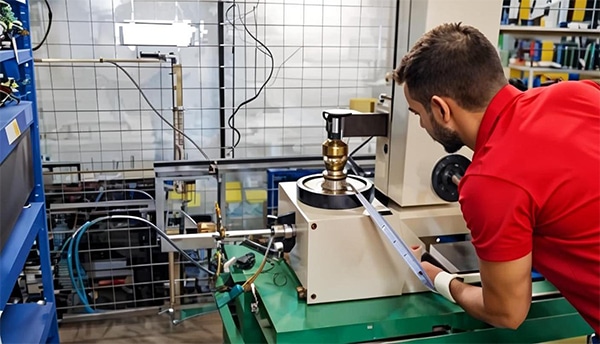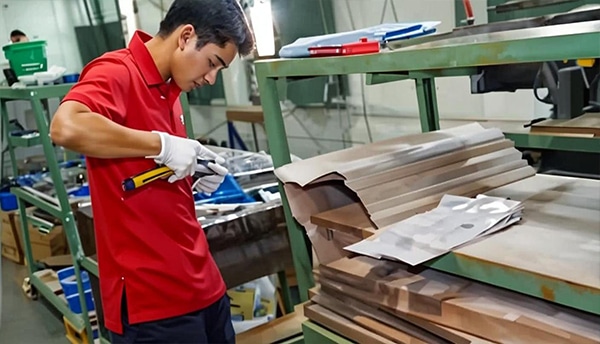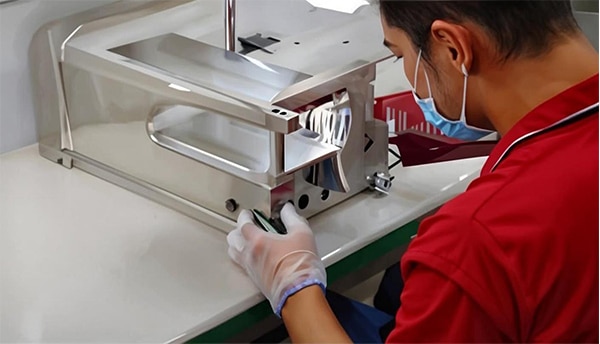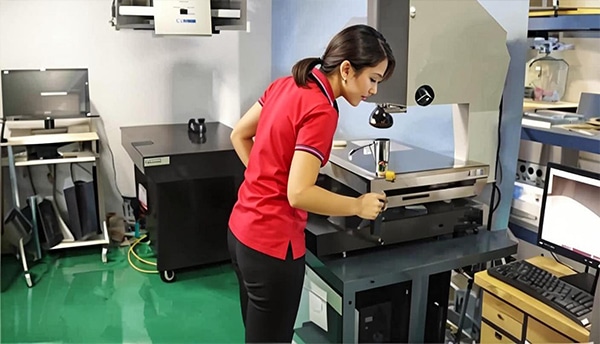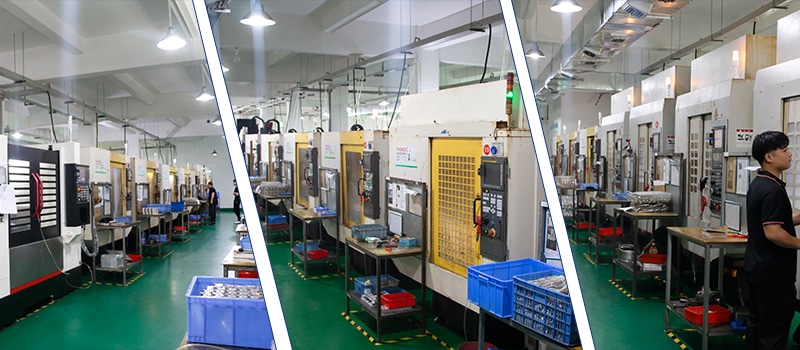Introduction to Stainless Steel Fiber Optic Connectors
Stainless steel fiber optic connectors play a crucial role in modern telecommunications and data transmission. Fiber optics are strands of glass or plastic that transmit light signals, allowing for high-speed data transfer over long distances. These connectors serve as essential interfaces between fiber optic cables and devices, ensuring seamless communication by minimizing signal loss and maximizing performance. The significance of reliable connectors cannot be overstated, as they affect the overall efficiency of fiber optic networks.
The function of fiber optic connectors is to align and join fiber strands, maintaining precise angles to facilitate the transmission of light. A well-engineered connector ensures low-loss performance while preventing the introduction of contaminating particles. This is vital in applications where clarity and speed of communication are paramount. As industries continue to evolve towards digital solutions, the dependency on effective fiber optic connectivity amplifies, underscoring the importance of sturdy and efficient connectors.
Stainless steel is often the material of choice for these connectors due to its unique properties. It is corrosion-resistant, durable, and capable of withstanding harsh environmental conditions, making it ideal for both indoor and outdoor applications. Moreover, the use of stainless steel enhances the connectability and longevity of components, leading to reduced maintenance costs and improved reliability. The growing demand for custom machining services for fiber optic connectors is a direct result of advancements in technology and the need for tailored solutions that meet specific industry requirements. Manufacturers are increasingly seeking precision machining to produce connectors that not only comply with standards but also exhibit superior functionality.
The Importance of CNC Machining for Custom Fiber Optic Parts
CNC (Computer Numerical Control) machining has emerged as a pivotal technology in the production of custom fiber optic connector parts, particularly those made from stainless steel. This advanced manufacturing process utilizes computer systems to control machine tools, allowing for the precise creation of components that meet stringent industry specifications. The automation inherent in CNC machining significantly surpasses traditional machining methods in both accuracy and efficiency, ensuring that each fiber optic connector is produced with a high degree of consistency.
Unlike conventional machining methods, which rely heavily on manual intervention and human oversight, CNC machining is programmed digitally. This results in enhanced repeatability; once a design is input into the CNC system, the machine can produce countless identical parts without variation. This is crucial in the fiber optics industry, where even minute discrepancies can lead to signal loss or degradation in performance. The precision afforded by CNC machines allows manufacturers to achieve tolerances that are often within microns, which is essential for the interconnectivity performance of fiber optic systems.
Moreover, CNC machining can handle complex geometries that are often required in fiber optic connector design. The capability to create intricate shapes with tight tolerances is vital for ensuring that the connectors fit properly into the associated components, thus preventing issues related to alignment and interference. As for production efficiency, CNC machines can operate continuously, reducing energy consumption and minimizing downtime. This operational advantage leads to shorter production cycles and lower costs, attributes highly valued in the competitive landscape of fiber optics manufacturing.
The production of stainless steel fiber optic connectors must adhere to specific industry standards, such as those established by ISO and ASTM. CNC machining ensures that these connectors not only meet but often exceed these requirements. By leveraging advanced machining technologies, manufacturers can provide high-quality custom parts that fulfill the demanding needs of the fiber optics sector.
Key Factors in Selecting Custom Machining Services
When selecting a custom machining service for stainless steel fiber optic connector parts, several critical factors should be considered to ensure a successful outcome. First and foremost, the experience and expertise of the machining service play a vital role in the production quality. A company with extensive experience in machining stainless steel components for applications such as telecommunications or aerospace is more likely to understand the nuances involved in precision machining and ensure adherence to industry standards.
Another significant factor is the material quality. It is essential to verify that the service provider utilizes high-grade stainless steel to minimize defects and facilitate durability and longevity of the fiber optic connectors. The compatibility of the materials with the intended application is paramount, particularly in specialized sectors where exact specifications are required.
The technology employed by the machining service also warrants careful consideration. Advanced machining technologies can enhance precision and efficiency. Businesses should seek out service providers equipped with state-of-the-art machinery and software, which can streamline operations and optimize the manufacturing process. Additionally, understanding the turnaround time for projects is crucial. A reliable service should provide clear timelines and deliver consistent results within those timeframes, thereby ensuring that projects stay on schedule.
Customization capabilities are equally important. Every project may present unique specifications and requirements, especially in industries as dynamic as telecommunications and aerospace. Therefore, the ability to accommodate custom designs and adjustments may distinguish one service provider from another. Lastly, customer support is a key determinant of a satisfying partnership. A responsive and knowledgeable support team can significantly enhance the collaboration process, ensuring clear communication and addressing any inquiries or concerns that may arise throughout the project lifecycle.
Case Studies: Successful Applications of Custom Machined Connectors
Custom machined stainless steel fiber optic connectors have become vital components across various industries, providing unparalleled performance and reliability. Each case study demonstrates how these tailored connectors address specific challenges and contribute to system efficiency.
One notable instance is in the telecommunications sector, where a major service provider required robust connectors that could withstand harsh environmental conditions. Traditional connectors often failed due to corrosion and mechanical stress, leading to frequent service interruptions. A custom machining solution was implemented to produce connectors with enhanced corrosion resistance and improved tensile strength. The outcome was a significant reduction in downtime and maintenance costs, ultimately enabling seamless communication services.
Another case study involves the medical industry, where precision is non-negotiable. A leading medical device manufacturer sought custom machined fiber optic connectors for surgical imaging systems. The challenge lay in ensuring that these connectors maintained high signal integrity while fitting into compact assemblies. By employing advanced machining techniques and 3D modeling, the manufacturer successfully developed connectors that facilitated high-resolution imaging while optimizing space. The result was improved surgical outcomes due to enhanced visualization during procedures.
In the aerospace sector, a prominent manufacturer faced challenges with signal degradation in their fiber optic systems used for avionics. By collaborating with custom machining experts, they designed connectors that alleviated these issues through meticulous engineering and high-quality stainless steel materials. The newly developed connectors not only enhanced performance under extreme conditions but also contributed to weight reduction, thereby benefiting overall aircraft efficiency.
These case studies illustrate the immense utility of custom machined stainless steel fiber optic connectors and highlight how targeted solutions can markedly enhance performance and reliability across diverse industries. The tailored design and advanced machining techniques ensure these connectors meet the exacting standards required in complex systems.
Future Trends in Fiber Optic Connector Machining Services
The landscape of fiber optic connector machining services is evolving rapidly, thanks to advancements in technology and manufacturing techniques. As industries increasingly rely on high-speed data transmission, the demand for precise and efficient machining of stainless steel fiber optic connector parts is growing. One significant trend is the rise of 3D printing technology, which offers high levels of customization and the potential for reducing waste in production processes. This additive manufacturing technique allows for the rapid creation of complex designs that traditional machining may struggle to achieve. Consequently, it is becoming an integral part of the custom services offered by manufacturers.
Automation is another key factor reshaping the machining industry. Robotic systems and automated machining processes enable higher precision and consistency in the production of fiber optic connectors. These advancements not only streamline production but also minimize human error, ultimately leading to improved product quality. By integrating automated solutions, manufacturers can enhance productivity, allowing them to meet the increasing demands of the market more effectively.
The concept of smart manufacturing is gaining traction as well, where data analytics and the Internet of Things (IoT) play a pivotal role. By monitoring machinery in real time and analyzing performance metrics, manufacturers can optimize their operations, reduce downtime, and predict maintenance needs. This shift towards data-driven practices is crucial in enhancing efficiency and ensuring that fiber optic connectors meet the rigorous specifications required by various sectors.
However, these innovations may also present challenges. The need for skilled personnel capable of operating advanced machinery and understanding new technologies is paramount. Additionally, manufacturers must navigate the complexities of implementing these systems, which can require significant upfront investment. Nonetheless, the opportunities for enhanced performance and increased demand for high-quality fiber optic connectors provide a promising outlook for the future of machining services in this specialized field.




